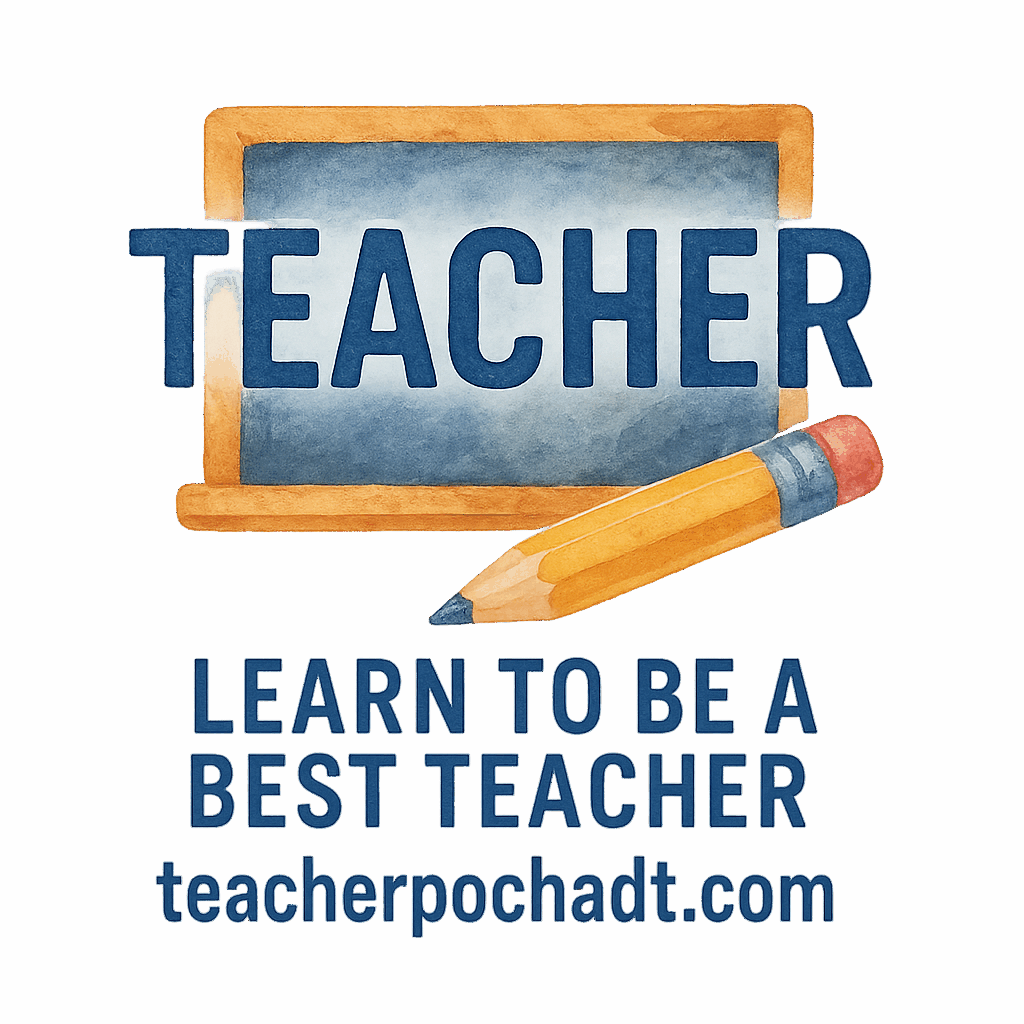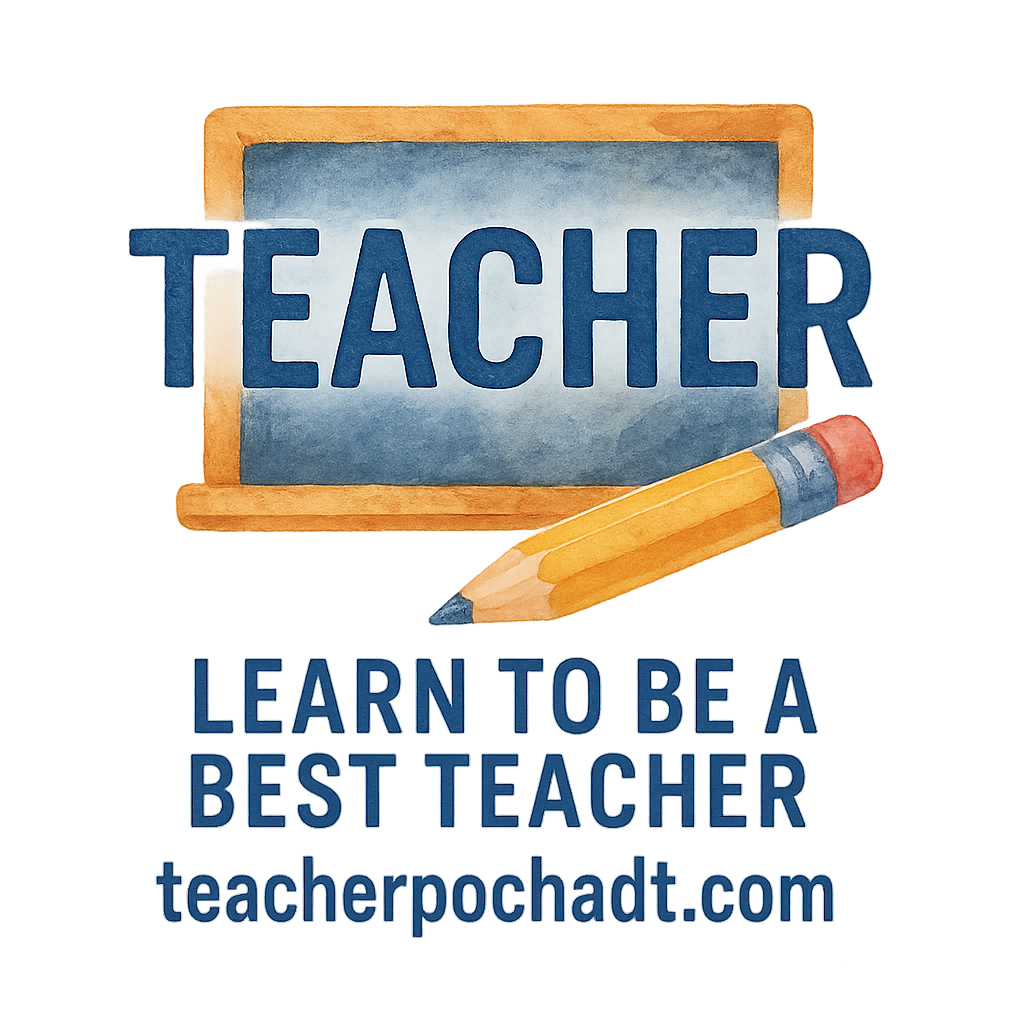The following questions are designed to challenge students and encourage dialogue that goes beyond surface-level responses. Let’s dive into each one and explore how it can be used to spark meaningful conversations.
1. “What If…?” – Inviting Creativity and Possibility
This question encourages students to think beyond the limits of what they know and imagine new possibilities. Whether it’s a “What if” scenario in history or a “What if” in science, this question opens the door to creative exploration. It helps students stretch their imagination and come up with novel solutions. Class activities that use this question can promote innovative thinking and teamwork.
2. “How Can We Solve This Together?” – Promoting Teamwork
Collaboration is key in today’s classroom. By asking students to work together to solve a problem, this question fosters teamwork and collective problem-solving. Students are encouraged to listen to each other’s ideas, brainstorm together, and come up with solutions as a group.
This question is closely tied to effective classroom culture, where cooperation and mutual respect form the foundation of the learning process.
3. “Why Do You Think That?” – Encouraging Thoughtful Responses
This question challenges students to explain the reasoning behind their answers. It doesn’t just ask for the “what” but the “why.” This encourages students to think critically about their beliefs, justify their opinions, and engage in dialogue about different viewpoints.
By prompting this question regularly, you can enhance teacher discipline and encourage a more thoughtful approach to classroom discussions.
4. “What Are the Pros and Cons?” – Developing Analytical Skills
Asking students to evaluate the pros and cons of a situation or decision helps them develop analytical thinking. It forces them to consider all angles, weigh evidence, and come to a balanced conclusion. This type of questioning is especially useful in discussions about current events, controversial topics, or ethical dilemmas.
Incorporating teaching skills like this will allow students to examine ideas from multiple perspectives, sharpening their critical thinking.
5. “Can You Connect This to Real-Life?” – Making Learning Relevant
When students can see how a lesson applies to the real world, they’re more likely to see the value of what they’re learning. This question encourages them to make real-life connections to the material, enhancing its relevance and demonstrating the importance of what they’re studying.
For a deeper dive into practical connections, check out our education journal that explores how real-world problems are integrated into classroom lessons.

6. “What’s the Bigger Picture?” – Expanding Perspectives
This question challenges students to step back and consider the larger context of a topic. By asking for the “bigger picture,” you’re encouraging them to think beyond the details and understand how everything fits together. This can lead to richer discussions about global issues, cultural differences, or historical movements.
When focusing on the bigger picture, students can draw from personal development to build a broader worldview.
7. “How Would You Explain This to a Friend?” – Simplifying Complex Ideas
Often, students may grasp complex ideas but struggle to explain them clearly. This question encourages them to break down information in a way that makes sense to others. It helps them develop communication skills while ensuring they truly understand the material.
In doing so, they also reinforce their classroom harmony and collaborative skills, making the classroom environment more supportive.
8. “What’s Your Opinion on This?” – Fostering Personal Expression
Giving students a chance to share their opinions on a topic helps them feel valued and heard. This question promotes personal expression and encourages students to voice their thoughts, even if their opinions differ from others. It fosters a respectful and open environment where diverse ideas are welcomed.
By creating this kind of environment, you’re also reinforcing teacher talk and improving classroom communication dynamics.
9. “What Happened If We Tried It Differently?” – Sparking Innovation
This question challenges students to consider alternative approaches and think innovatively. Whether it’s in the context of a science experiment, a creative writing exercise, or a math problem, asking “What happens if we try it differently?” encourages students to experiment and explore new possibilities.
Innovative thinking often goes hand-in-hand with digital tools that allow students to collaborate, create, and innovate in new ways.
10. “How Does This Relate to Your Experiences?” – Making Learning Personal
By asking students to relate a topic to their own experiences, you’re encouraging them to make the material personal. This helps them see the relevance of what they’re learning and creates a more engaging, meaningful discussion. It’s also a great way to build student engagement in the classroom.
Best Practices for Using Teacher Questions Effectively
To make the most out of these powerful questions, there are a few best practices that teachers should keep in mind.
Keeping Questions Open-Ended and Inclusive
Avoid yes/no questions and focus on open-ended questions that invite diverse responses. Open-ended questions encourage students to think critically and respond in a variety of ways, fostering richer discussions. This is particularly important for maintaining classroom control.
Tailoring Questions to Different Learning Styles
Not all students learn in the same way. Some are visual learners, others are auditory, and still, others learn best through hands-on experiences. Tailor your questions to meet the learning styles of your students, ensuring that everyone has the opportunity to participate in the conversation.
Remember that some students may need different approaches to reach their full potential, which aligns with growth development and teaching effectiveness.
Promoting Respectful Dialogue
When facilitating discussions, it’s essential to create a space where every student feels comfortable sharing their thoughts. Encourage respectful dialogue and ensure that all voices are heard, regardless of differing opinions.
This will help establish a safe space for learning, strengthening the overall classroom culture.
Conclusion: Questions as Tools for Engagement
Teacher questions are a powerful tool for fostering meaningful discussions in the classroom. By asking thoughtful, open-ended questions, you can spark creativity, critical thinking, and deeper understanding. The questions outlined in this article are just the beginning—there are endless possibilities when it comes to engaging students through the power of inquiry.
Whether you’re looking to encourage collaboration, challenge assumptions, or make learning more relevant, the right questions can transform your teaching and make a lasting impact on your students.
For more tips on improving student engagement and classroom management, check out our other articles designed to support teachers.
FAQs About Teacher Questions and Student Discussions
- What makes a good teacher question?
A good teacher question is open-ended, thought-provoking, and encourages students to think critically and express their opinions. - How can I get my students more engaged in discussions?
Use questions that relate to their interests, encourage personal reflection, and invite different perspectives. Also, create a supportive classroom environment where all voices are heard. - How can I make my questions more inclusive for all learning styles?
Tailor your questions to different learning styles by incorporating visual, auditory, and hands-on approaches. For example, use visuals to explain concepts or allow students to collaborate on hands-on projects. - Why is it important to ask “why” and “how” questions?
“Why” and “How” questions encourage deeper thinking and reflection. They prompt students to explain their reasoning, which leads to better understanding and critical analysis. - Can teacher questions really impact student learning?
Absolutely! Well-crafted questions can promote engagement, encourage independent thinking, and help students retain information more effectively. - How can I encourage shy students to participate in discussions?
Create a safe, non-judgmental space for all students to share their ideas. Use questions that encourage personal connection and validate each student’s perspective. - How do I know if a question is working in a discussion?
A question is effective if it sparks a thoughtful response, leads to deeper conversations, and encourages students to think critically about the topic.


